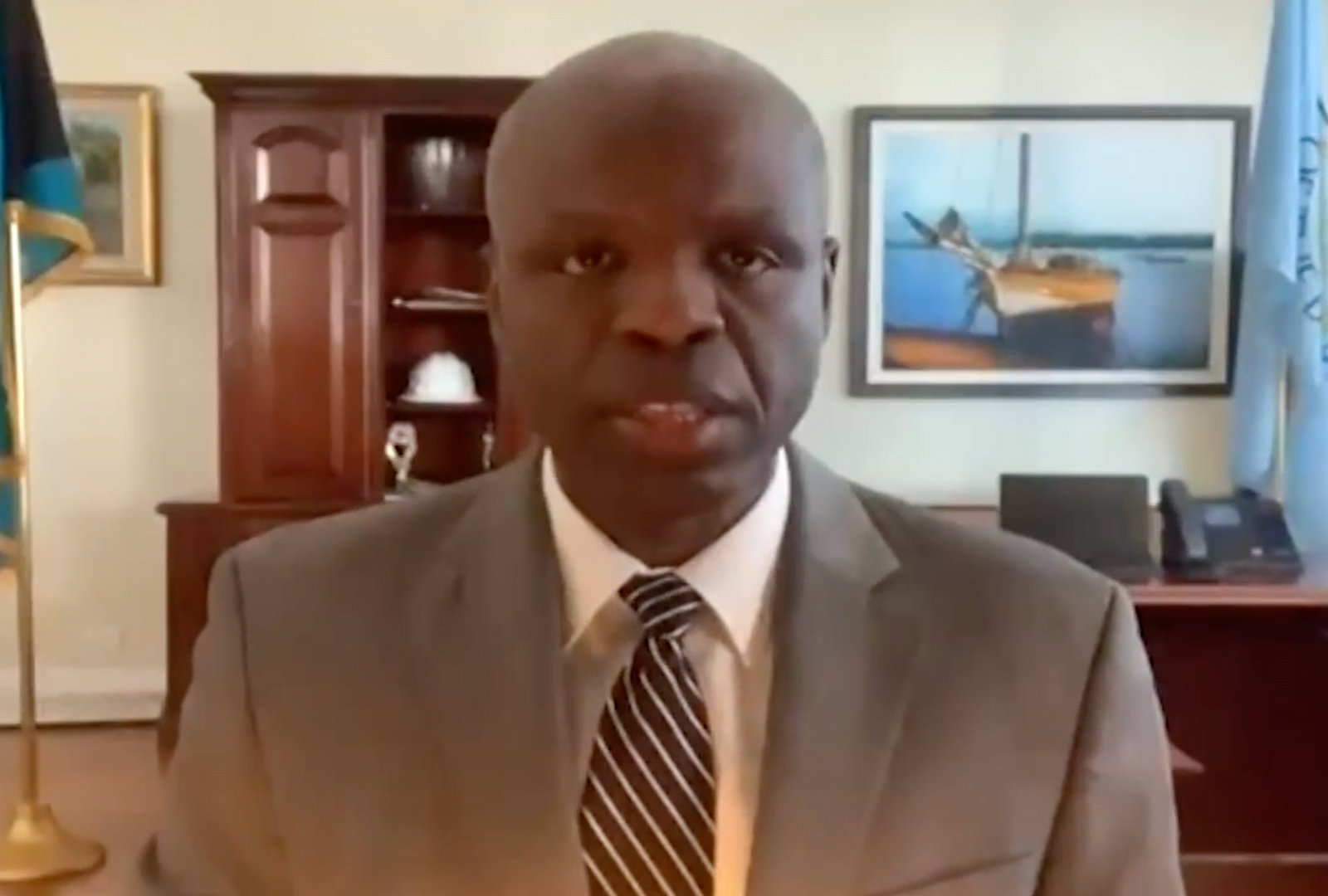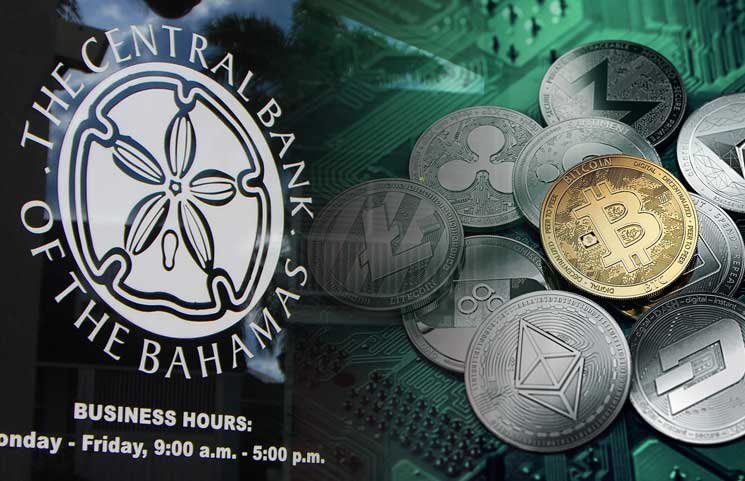NASSAU, BAHAMAS — The Central Bank does not anticipate any undue pressures to the country’s foreign reserves or exchange rate peg, according to Governor John Rolle, who noted that by year’s end, reserves will still not be far off from the $2 billion mark.
Rolle, who was speaking at a press conference yesterday on the regulator’s Monthly Economic and Financial Developments report for December 2021, said that as the economy rebounds, the country’s foreign reserves are not anticipated to decrease by any “drastic” amount.
The Central Bank doesn’t see the need to act in any defensive way. We anticipate that by the end of 2022, the reserves will not be far off from the $2 billion mark even if there is some reduction relative to 2021.
– Central Bank Governor John Rolle
“We are seeing the volume of inflows increase as tourism returns. That really is the source of the overwhelming majority of expenditures that we make in foreign exchange,” said Rolle.
“On the margin, the external reserves will take the hit if the demand for foreign exchange grows slightly ahead of this huge pick up in inflows.
“The Central Bank doesn’t see the need to act in any defensive way. We anticipate that by the end of 2022, the reserves will not be far off from the $2 billion mark even if there is some reduction relative to 2021.”

Rolle noted that in 2021, there was a 40 percent or $1.5 billion recovery in foreign currency sales through the private sector to commercial banks, a dominant majority due to the resumption of tourism activity.
“Likewise, with the economy reopened, domestic demand for foreign exchange that [was] purchased from commercial banks also recovered sharply by 27 percent, or $1.1 billion,” said Rolle.
“In the absence of the IMF special drawing rights (SDRs) allocation, The Bahamas would have experienced a net reduction in the external reserves of $167 million in 2021. With the SDRs boost, the reserves rose instead by approximately $80 million.
“The reduction in the portion of reserves that were not denominated in SDRs was in line with the Central Bank’s accommodating stance for increased domestic spending. Under similar accommodation, the external reserves could also tolerate some reductions in 2022 without cause for concern.”
According to the Central Bank, during December, external reserves decreased by $16.2 million to $2,459.2 million, a turnaround from the $166.9 million expansion in the comparable period of 2020.
“In the underlying transactions, the Central Bank recorded net foreign currency sales of $30.3 million to the public sector, following debt financing-related net purchases of $245.4 million in the previous year,” the regulator noted.

“Providing some offset, the Central Bank’s transactions with commercial banks shifted to a net purchase of $13.3 million, from a net sale of $78.9 million in the preceding year.
“In addition, commercial banks’ net outflows to their customers tapered to $10 million, from $68.4 million in the prior year.”
The regulator also reported that preliminary data on foreign currency sales for current account transactions showed monthly outflows increased by $106.9 million to $510.2 million in December, relative to the same period in the previous year.
“Reflective of a rise in payments for services and credit cards, ‘other’ current items grew by $47.1 million, while factor income remittances and oil imports rose by $39.5 million and by $29.1 million respectively,” the Central Bank noted.
“Further, outflows for travel-related transactions increased by $2.9 million.
“In contrast, decreases were posted for non-oil imports ($7 million) and transfer payments ($4.7 million).
“On a year-to-date basis, foreign currency sales for current account transactions expanded by $677.7 million to $5,833.1 million, in comparison to 2020.
“Underpinning this outturn, increases were posted for credit card-supported ‘other’ current items ($239.2 million), non-oil imports ($170.3 million), factor income payments ($141.3 million), oil imports ($86.1 million) and travel-related transactions ($40.8 million).”






